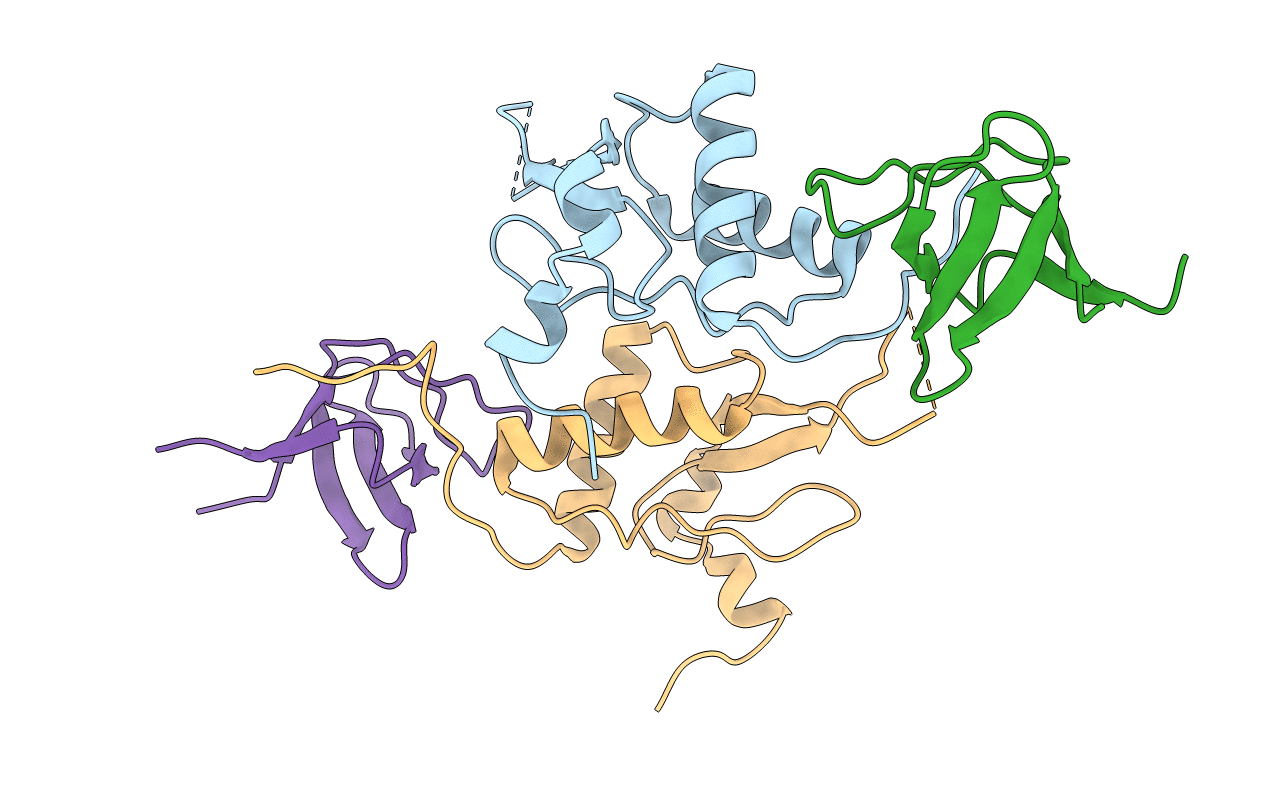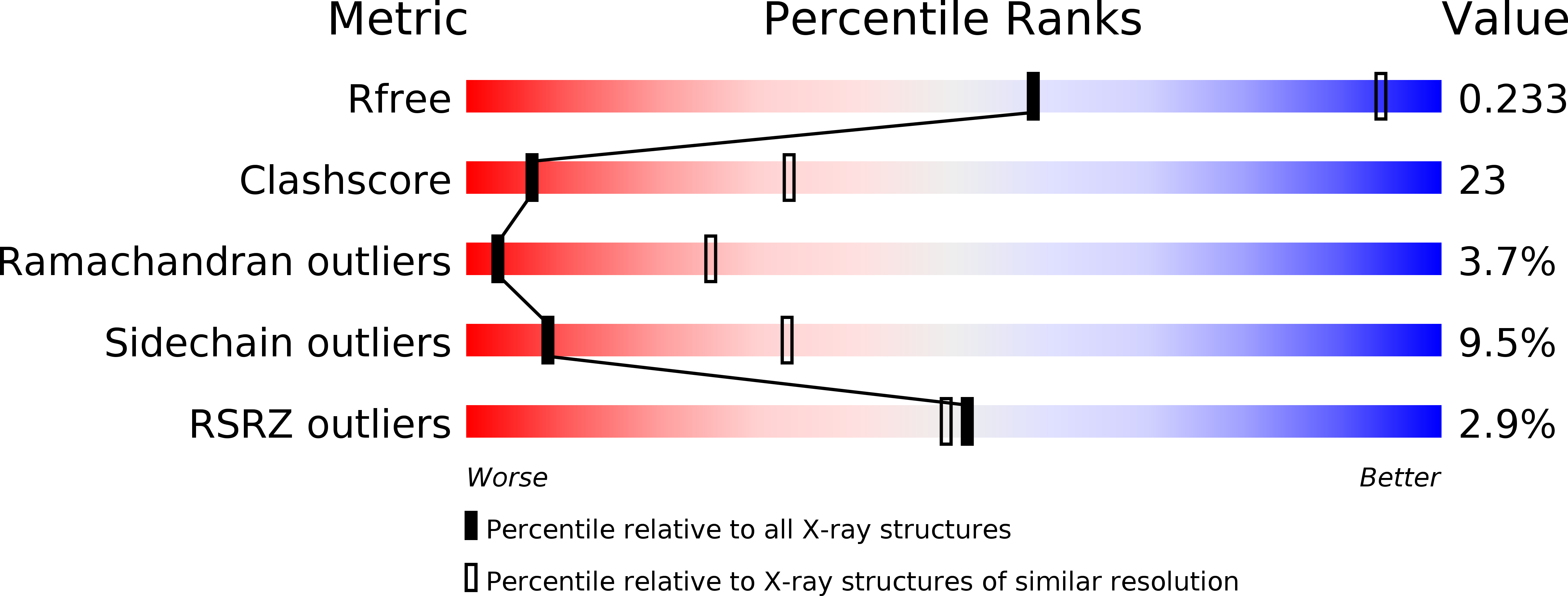
Deposition Date
2011-04-04
Release Date
2011-06-01
Last Version Date
2023-09-13
Entry Detail
PDB ID:
3REB
Keywords:
Title:
HIV-1 Nef protein in complex with engineered Hck-SH3 domain
Biological Source:
Source Organism:
HIV-1 M:B_ARV2/SF2 (Taxon ID: 11685)
Homo sapiens (Taxon ID: 9606)
Homo sapiens (Taxon ID: 9606)
Host Organism:
Method Details:
Experimental Method:
Resolution:
3.45 Å
R-Value Free:
0.24
R-Value Work:
0.21
R-Value Observed:
0.21
Space Group:
P 61


